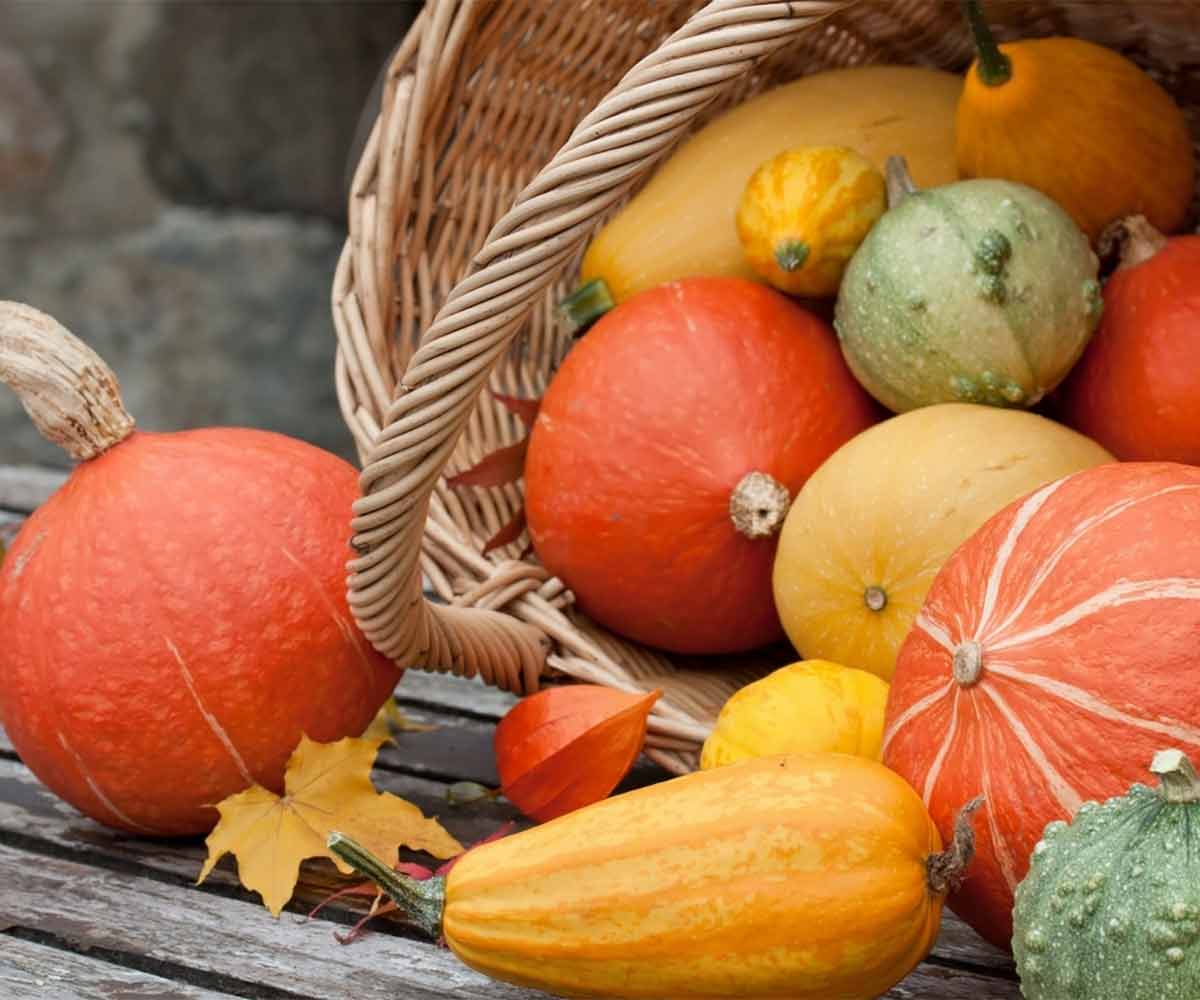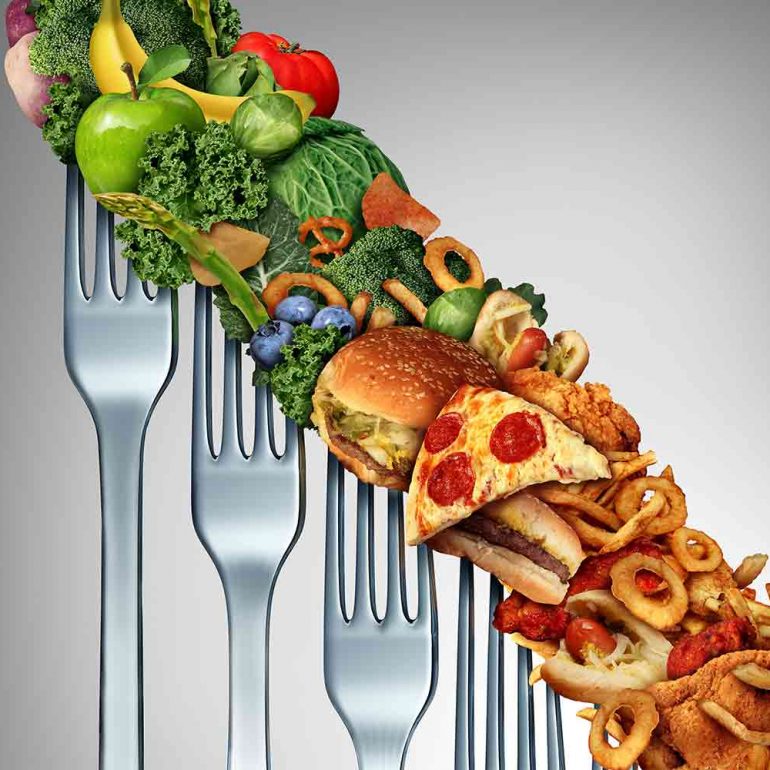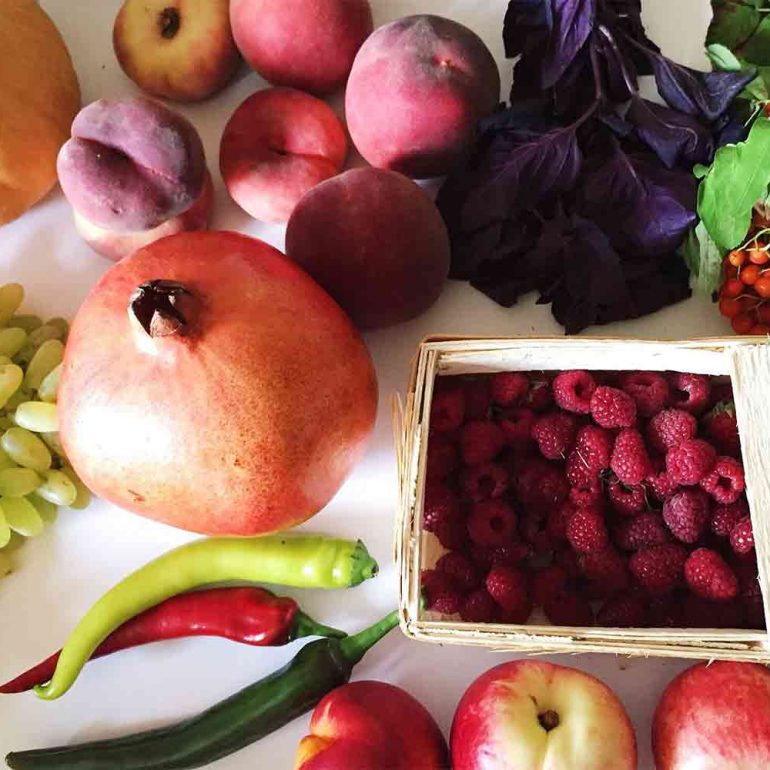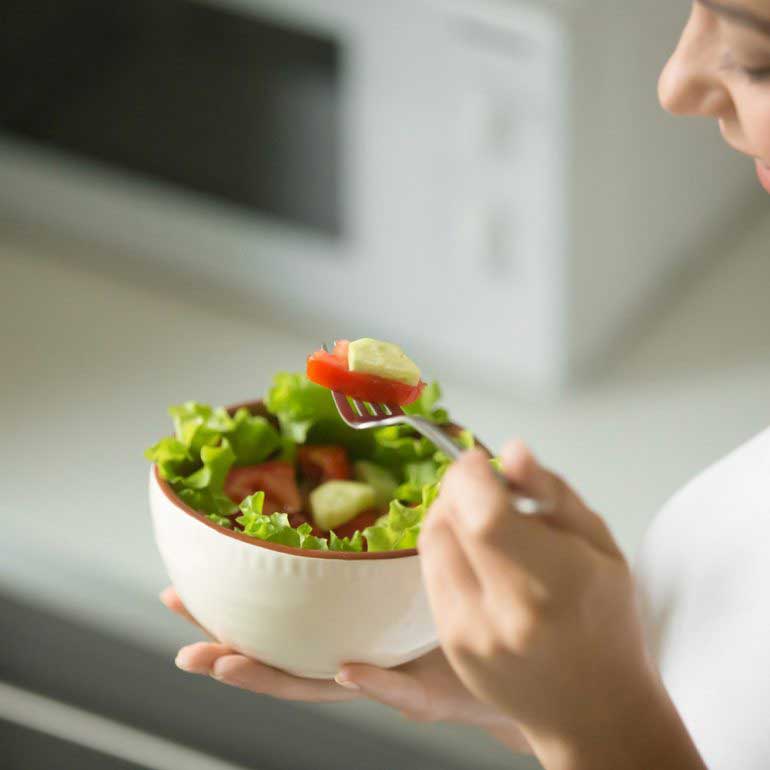Autumn is officially here and the harvest moon at the start of this season was particularly breathtaking. It’s time, therefore, to delight in the flavours of autumn cooking and learn how to create delicious dishes using the fruits and vegetables of the season. Learn how to apply the Eastern wisdom about autumn in your own cooking for optimum health, nourishment and vitality.
In nature, autumn reflects dryness: when the leaves lose their moisture, they shrivel up and ‘let go’ of the branches they have hung onto since springtime. It is, therefore, the time to reflect on the past year and to prepare to withdraw as the winter months close in.
The life-giving light of the spring and the summer begins to wane, and the vigorous energy of those seasons comes to an end.
There is a beautiful sadness to autumn.
As temperatures fall and the evenings draw in, our motivation to exercise is less apparent. It is important though to stretch out the muscles of the body and get plenty of exercise. Breath is your life!
Finding out the best autumn foods to support and strengthen the body sets you up for the colder months of winter.
Seasonal cooking is the best way to safeguard your ‘chi’ (energy).
The recipes and teas below all use vegetables that are in abundance during this season and support the lungs and large intestine, so be sure to incorporate these foods into your autumn meals.
This is a perfect time to start making some wonderful probiotics to keep you in tip-top condition over the winter months. Fermented vegetables are the perfect food to replenish the good bacteria in your gut and support your immune system.
We are made up of 90 percent bacteria.
Nine out of every ten cells in our bodies are not human but belong to these microbial species (most of them residents of our gut). So what exactly are the 500 or so distinct species and countless different strains of those species that make up the kilogram or so of microbes in our gut doing there?
For most of these microbes, their survival depends on our own, and so they do all sorts of things to keep their host (us), alive and well.
Perhaps their most important function is to maintain the health of the gut wall, or epithelium. In the course of a lifetime, 60 tons of food pass through the gastrointestinal tract, yikes!!
Taken as a whole, the organisms in the gut constitute the largest and one of the human body’s most important organs of defense.
So why would the body enlist bacteria in all these critical functions, rather than evolve its own systems to do this work?
One theory is that because microbes can evolve rapidly they can respond with much greater speed and agility to changes in the environment.
Though we tend to think of bacteria as agents of destruction, they are invaluable creators as well. Gut bugs manufacture essential vitamins (including vitamin K as well as several B vitamins) and a great many other compounds scientists are only just beginning to recognize.
Overly-processed foods typical of Western diets don’t contain enough fibre to sustain our gut bacteria – unlike probiotic foods such as pickled vegetables, miso and other fermented food. The lack of fibre in our diet is, in effect, starving our gut and its microbial residents. We have changed the human diet in such a way that it no longer feeds the whole superorganism, as it were, only our human selves. We’re eating for one when we need to be eating for a few trillion.
Fermented Vegetables and Healthy Bacteria
It makes sense therefore that the more healthy bacteria you eat, the more you crowd out the bad guys, and it’s so simple to make some fermented dishes in your own kitchen. The case for eating live-culture foods seems strong, perhaps strongest for fermented vegetables. In addition to bringing large numbers of probiotic guests to your gut, the vegetables themselves also supply plenty of prebiotics – nourishment for the bacteria already there (fibre).
You can choose from an array of beautifully coloured vegetables to ferment but cabbage, carrots and cucumber are the ones I use most.
The salt and water solution (known as brine) is used to protect against the growth of microorganisms that would lead to rotting and promote the growth of the good bacteria, ‘lactobacilli.’ It’s important to use the correct ratio of salt to water, otherwise the fermentation process won’t happen (filtered water please). A good rule of thumb is 4 cups of water for 2 tablespoons of sea salt.
As you will know, Lacto-fermented vegetables are cultured vegetables. You’ve probably heard of sauerkraut, kimchi, and sour dill pickles. These are all forms of lacto-fermentation. Making your own lacto-fermented vegetables is so easy that once you start you’ll be hooked! Sour, salty and crunchy these pickles are delicious added to beans and grain dishes or salads, and we have a serving or two daily from the many different pickles I make.
Traditionally, lacto-fermentation was used to preserve the harvest and store vegetables for the winter.
If you have a garden full of cabbage, cauliflower, beetroots, carrots, and green beans and don’t know how to store them all, consider making a few batches of lacto-fermented vegetables. These can be stored in your refrigerator for months.
If you are dealing with multiple allergies, chances are your gut is out of balance and needs a daily dose of beneficial microorganisms. These crispy, sour, salty vegetables are highly addicting and an easy, economical way to maintain a healthy gut. These vegetables are also important to include daily for good health.
Autumn Miso Broth
This basic miso soup should be a daily staple of your diet. It encompasses the use of sea vegetables to mineralize the blood, and a variety of fresh vegetables. The balance of these ingredients creates strengthening energy, vital to life.
Miso is a fermented soybean paste used to flavour various dishes, but it is most widely as a stock to season soups. Miso’s natural fermentation process creates a combination of enzymes that strengthen and nourish the intestinal tract. As a result, the blood that nourishes the balance of the body is much stronger. The quality of our blood creates the people we are and the health we possess. Miso has been used for centuries in the East as a remedy for cancer, weak digestion, low libido, several types of intestinal infections, high cholesterol, and so much more and is one of the world’s most medicinal foods.
Ingredients
- 2 dried shitake mushrooms
- 1×5-inch piece wakame
- 2 finely diced spring onions
- 4 rounded tsp. miso paste
- Freshly grated ginger juice
- Diced spring onion for garnish
- Sliced lemon (optional)
Instructions
Soak the wakame and shitake mushrooms in two cups of water for 20 minutes. Remove from the water and cut both into small dice, removing the stems from the shitakes as they can be bitter tasting. Place in a soup pot and add another 4 or 5 cups of water. Bring to a boil and then cook on a low simmer for 5 minutes. Add the spring onions and cook 10 minutes. Place the miso paste into a small mesh strainer and lower into the broth. Using a spoon, stir until the paste is dissolved. Serve as is or add some cooked noodles. Garnish with finely diced spring onions and a slice of lemon.
Tip; do not boil the miso – it has so many living microorganisms living inside which is a wonderful digestive tonic.
Autumn Roasted Vegetables
Autumn and winter vegetables such as parsnips, turnips, leeks, beets, and squash greatly benefit from slow roasting, which concentrates their earthy sweetness; bake these vegetables in the oven with your choice of herbs.
- Assorted vegetables, such as pumpkin, butternut squash, shallots, onions, garlic, parsnips, beets, carrots, or rutabaga
- Fresh herbs, such as thyme or sage, chopped
- Salt and freshly ground black pepper
Preheat oven to 190C/350F. Peel and seed vegetables as necessary or, if small and tender enough, simply trim and scrub well.
Coarsely cut into pieces of approximately equal size, then arrange in a large baking pan, scatter herbs on top. Season to taste with salt and pepper if desired. Roast vegetables, turning occasionally, until golden on the edges and tender when pierced with a knife. Add a splash or two of water to the roasting tin to keep the vegetables for drying out.
Marlene’s Kitchen Pharmacy: Autumn Tips
Eating steamed greens daily – seasoned with some freshly grated ginger juice and sesame seeds – is a powerful dish that keeps the lungs strong.
A long-time vegan, lover of animals, nature and life and passionate about human ecology. As an eternal optimist, increasing the number of people worldwide to switch to a wholefood, plant-based diet and vegan lifestyle is her mission. Together with her husband Bill Tara, they have created The Human Ecology Project.




